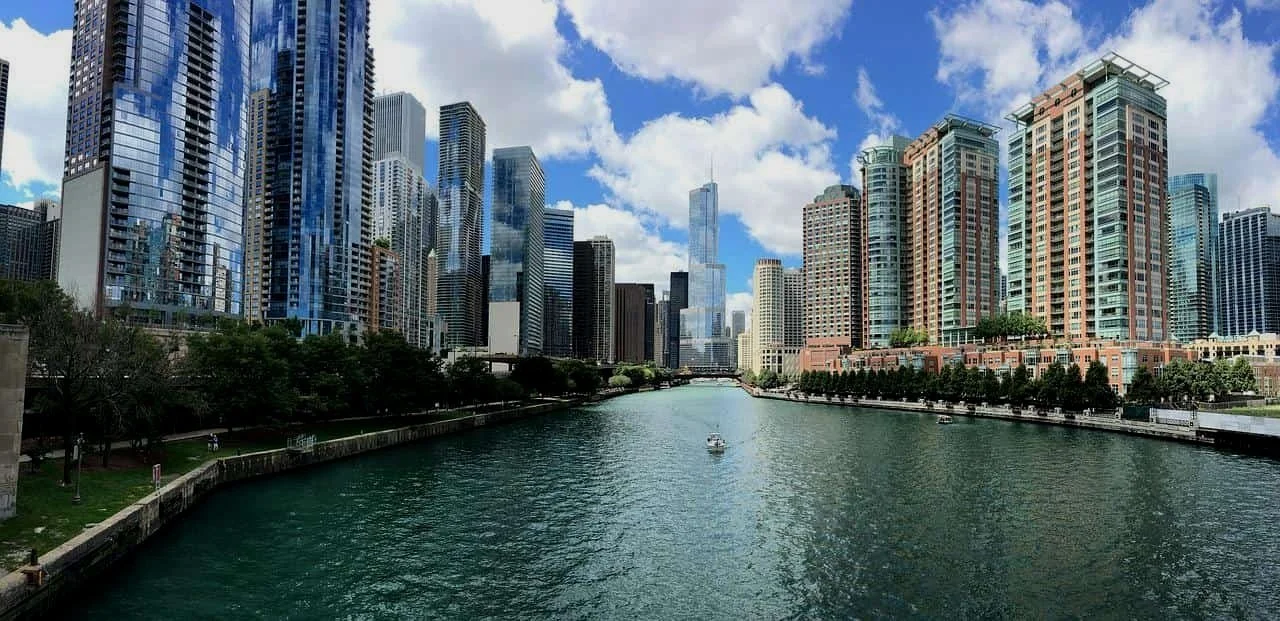LTV, or loan-to-value ratio, is one of the most important metrics in commercial real estate. It is used to compare the amount of a loan to the current estimated market value of a commercial or multifamily property.
What is an Assumable Loan in Commercial Real Estate?
An assumable loan is a loan that can be assumed, or taken on, by a new borrower before the end of the loan’s term. Many types of loans are assumable, including most Fannie Mae, Freddie Mac, HUD multifamily, and CMBS loans.
What is Defeasance in Commercial Real Estate?
What Are "Bad Boy" Carve-Outs?
Merchant Builders in Commercial Real Estate: Definition & Explanation
Floor Plate in Commercial Real Estate: Definition & Explanation
What is Debt Yield?
Debt yield is a commercial real estate metric used by lenders to determine how long it would take them to get back their investment if the borrower defaulted on their loan and they had to foreclose on the property. Debt yield is calculated by dividing a property’s net operating income (NOI) by the total loan amount.







